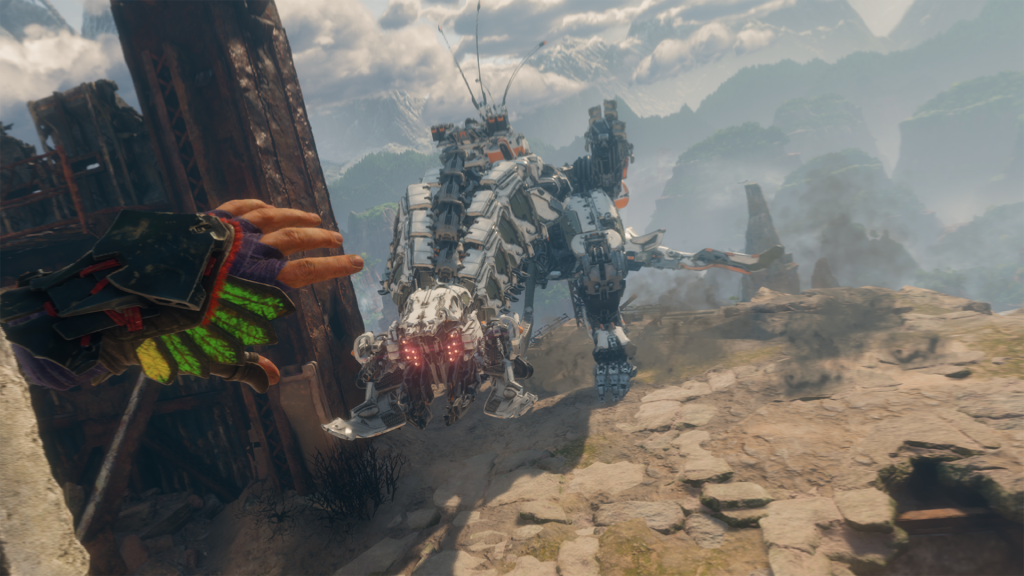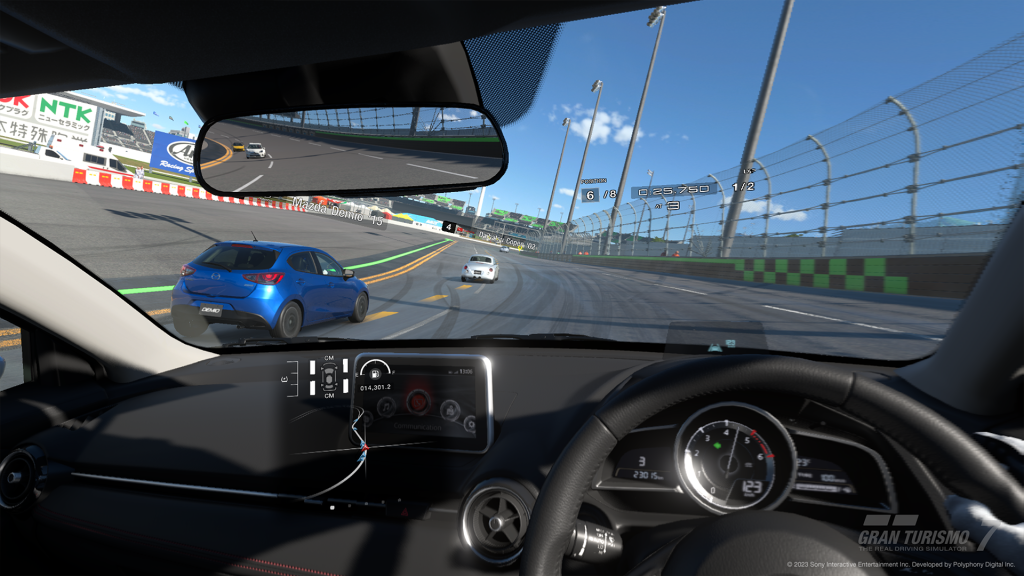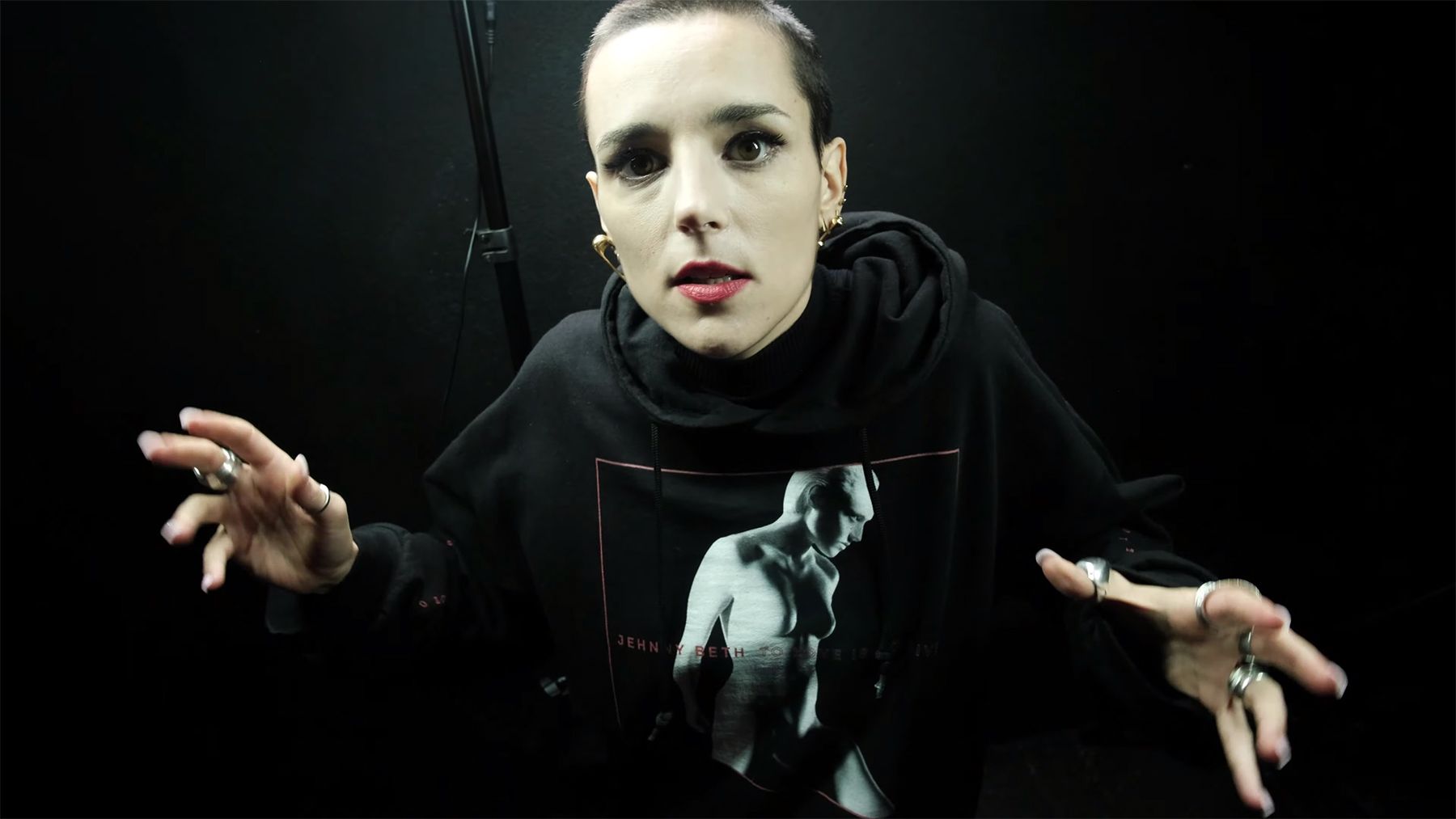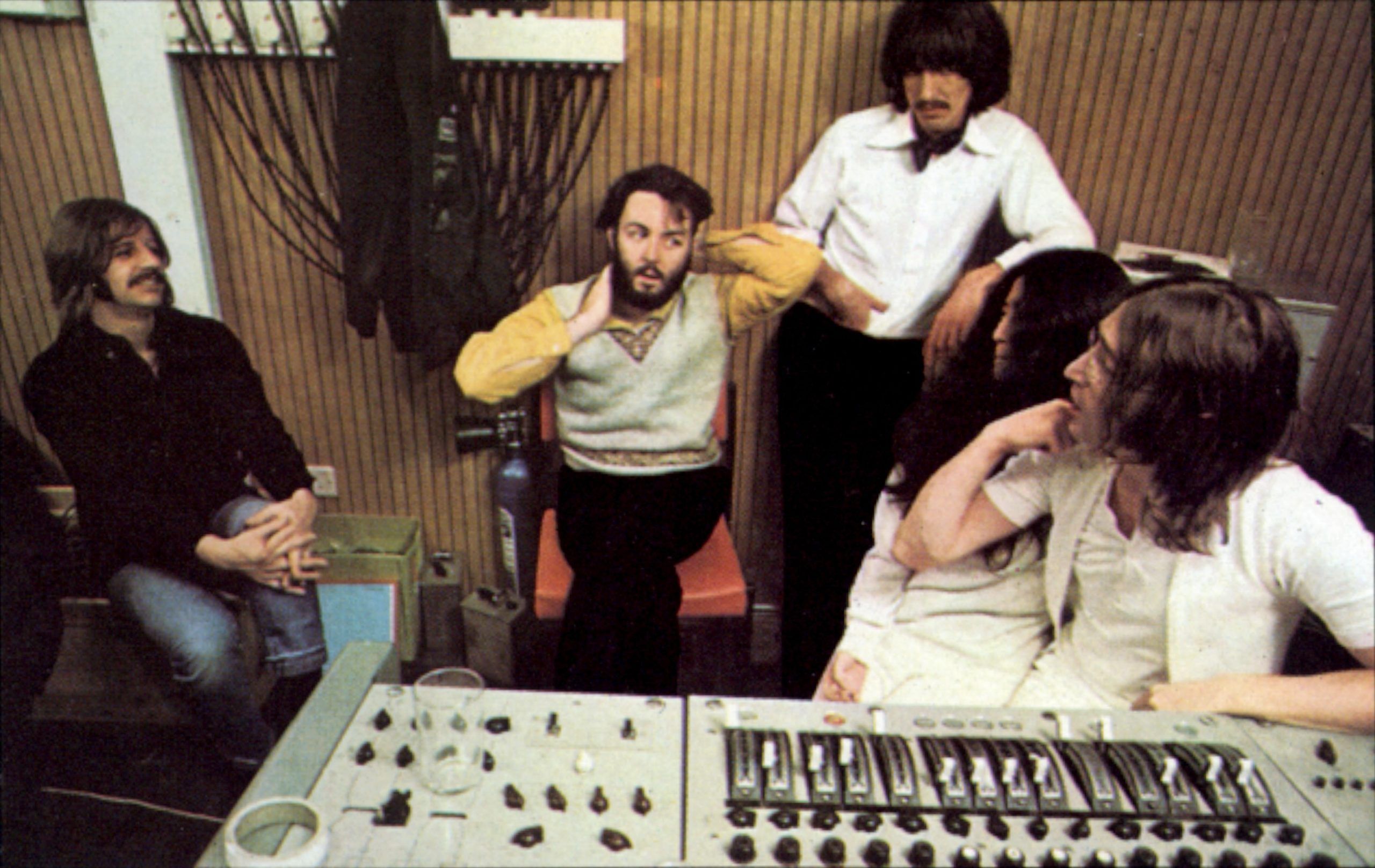
Is Sony’s PlayStation VR2 the Virtual Reality Headset to Beat?
If you purchase an independently reviewed product or service through a link on our website, Rolling Stone may receive an affiliate commission.
It’s safe to say that we’re past the infancy stage of consumer-grade virtual reality. Released back in 2016, Sony’s first foray into console-tethered VR was a major leap forward for the industry as one of its biggest players committed to cultivating what could’ve been a flash-in-the-pan trend. It paid off as the PlayStation VR went on to sell very well, only behind the Meta Quest headset in terms of profit. And now Sony is doubling down on that commitment with a fully rebuilt successor – the PlayStation VR2. But the industry has also changed; can the newest contender still make a splash?
The answer is murky. On a sliding scale of investment, with the low-end being Meta’s Quest 2 and the high-end being numerous PCVR kits, the PSVR 2 falls firmly in the middle. While its predecessor had the benefit of less competition, the PSVR 2 has a lot stacked against it. For one, it’s pricier than the popular Quest 2, requiring both a $549.99 USD investment for the headset plus a PlayStation 5 console (starting at $399.99). It’s also being released at a time when many consumers already own a VR headset, and the majority of its launch lineup are ports of games players may already have. But there’s a lot more going on here in its favor.
From a tech perspective, the PSVR2 is a huge leap forward from its predecessor and a major upgrade for anyone swapping from the Quest 2. With an OLED, HDR-enabled display featuring a resolution of 2000 x 2040 per eye, as well as a 110-degree field of view, it’s got very crisp visual potential. Powered by the PlayStation 5, it’s also got the horsepower to produce some downright stunning games. Flagship launch title Horizon: Call of the Mountain is a prime example of what this new device is capable of. At time it feels indistinguishable from its parent series – namely 2022’s gorgeous Horizon Forbidden West. Ports of games available on the Quest also look sharper and benefit from the PS5’s SSD for faster load times. From a processing standpoint, everything here rivals what can be done on a high-end PCVR for a fraction of the cost.
But it isn’t all perfect. Despite having almost eradicated the “screen door” effect (the space between pixels that create a grayish “screen,” often associated with motion sickness), the headset suffers from a noticeable “mura” effect – an inconsistency in pixel color that creates an almost Vaseline-like fog over some visuals. Most noticeable while staring directly at still images or deep blacks, and often easy to ignore once players are engaged in motion, it’s something that the majority of newcomers may not even be aware of, but for many technophiles it’ll be a sticking point to debate.
Horizon: Call of the Mountain brings a beloved PlayStation IP to life in VR.
Captured on PS5 / PSVR2
Even with solid tech, the breaking point for many VR headsets can be the design – and Sony has really brought some of their sleekest ideas to fruition here. For seasoned VR-users, much of what’s presented here may not be new, but for newcomers or people upgrading from a cheaper kit, the design and details can be astonishing. Heavier than a Quest 2 but lighter than say, a Valve Index, with pressure comfortably distributed around the head using an adjustable visor and headband, the PSVR2 may feel clunky at first (especially for people unaccustomed to a tethered kit), but remains comfortable to wear even after hours of gameplay.
Audio is delivered through two small earbuds which are somewhat perfunctory. Solid in-ear insulation maintains immersion, although outside noise does bleed inside at times. There’s much to be desired with the quality of the audio, especially given the heavy emphasis Sony has placed on special 3D audio on the PlayStation 5 this generation, but again, what’s here will suffice for most users. The best tiny detail are the convenient holes on the sides of the headset that house the earbuds when not in use, allowing for less cable wrangling chaos when removing the device.
Other design boons include easily accessible front-mounted cameras for visual passthrough and internal eye tracking. Although most games at launch don’t take advantage of the feature, MVP title Horizon showcases its strengths, allowing players to navigate menus with sight and a single button press alone, rather than the standard point and click of the handheld controller. It’s an element that’s so subtle, it almost doesn’t register at first. My first time booting up the game, I was scrubbing through menu options by sight alone before it ever actually dawned on me that I hadn’t raised my hands. The same title also utilizes eye tracking during combat sections. One of the biggest issues with VR can be properly lining up a pistol’s sight without the virtual facsimile of the player’s hands getting in the way – or straining eyes while focusing on the sometimes shifty images – but by combining the players hand and eye-tracking on the same target, Horizon does a little aim-assist trickery that makes you feel like a sharpshooter without the shame of obvious handholding.

With a VR update to the base game, Gran Turismo 7 in exclusive worth racing to get.
Captured on PS5 / PSVR2
Lastly, there’s the haptics and force feedback – both in the headset’s controllers – that help bring the virtual worlds to life. Haptic feedback is one of the PS5’s greatest selling points, and it’s part of what makes the PSVR2 feel like a leap forward despite sharing design elements with most existing PCVR units. Whether it’s the increasing tension of drawing a bow in Horizon, or the soft hum of an engine in Gran Turismo 7, the rumble effects of the controllers bring subtle immersion to calm moments. The adaptive triggers also bring shocking realism and tension to gunplay in titles like Resident Evil Village, where the powerful snap of a pistol trigger heightens the frantic action – or where the limp click of an empty chamber spells instant dread for the player. The headset’s vibration is more subtle at times, but truly helps create one of the most immersive gaming experiences available.
There are cons, however. The adjustable lenses almost always feel just slightly off, blurring visuals. During several multi-hour playthroughs, I found that the slightest touch of the very easily hit visor-mounted dial will throw the visuals off. The headset too, routinely slips and requires adjustment, unless the rear-mounted band dial is ratcheted like a vise grip around the head. Combined with the loose hanging earbuds, the USB-C tether, and the somehow constantly perplexing spherical design of controllers and their wrist straps, there’s often just a state of total discomfort when putting the device on or off. It’s obviously leaps and bounds better than the original PSVR, whose external cameras and multi-cable felt like bungie-cord tethering. PCVR users are surely accustomed to these issues, but once again, newcomers or Quest heads may require an adjustment period to the lack of freedom and comfort until they perfect their readying routine.
While the design is solid and the bells and whistles vary, the real test for the PlayStation VR2 will be its library. Sony’s strength in the modern gaming space is firmly cemented in its powerhouse first-party titles and strong third-party support, and it’s what may singlehandedly make the PSVR2 the headset to beat. While it doesn’t yet have a magnum opus like Valve’s Half-Life: Alyx (the current PCVR experience to beat), it comes out the gate with both a spin-off of Horizon built specifically for VR, as well as full VR overhauls for Gran Turismo 7 and Resident Evil Village. Make no mistake, the strength of these three titles alone is enough not just to warrant a purchase, but put most VR lineups to shame.
While VR has gained popularity in the last half decade, its biggest weakness has been (and still is) the proliferation of well-executed, full-length AAA experiences. Most VR games on the Meta and Steam digital storefronts still play like glorified tech demos or roller coaster rides, with some exceptions becoming the most popular games in the space (Pistol Whip, Beat Saber, Pavlov, etc.). The original PSVR (and PCVR) found success with standard AAA titles updated for VR like Hitman 3, Skyrim, and Fallout 4 that stood apart from the shovelware. Sony’s greatest advantage is not just having its own franchises to adapt as VR-exclusive experiences but having a slew of high-quality titles that can be updated to support VR. Take for instance next month’s remake of Resident Evil 4, which will have an update post-launch to make the game fully playable in VR – ostensibly quelling the best exclusive for the Meta Quest (the original Resident Evil 4 VR).

Resident Evil Village provides the PSVR2 with another killer app.
Captured on PS5 / PSVR2
Overall, the essential nature of the PlayStation VR2 boils down to whether you currently own a virtual reality headset, and what kind. While there’s no major technological leaps forward for the medium, at starting price of less than a grand for both the headset and PS5 (assuming you don’t have one), the PSVR2 provides nearly everything you can get in high-end PCVR kits for a substantially better price (potentially thousands less depending on the PC rig). For newcomers, it can be a revelatory gaming experience with lush visuals, solid comfort, and immersive haptic details. But for everyone involved, the real treasure trove is to come if Sony can continue making AAA experiences from the ground up that will elude the competition.
The PlayStation VR2 is now available starting at $449.99. PlayStation 5 consoles are available starting at $399.99.



